Non-entry inspections to conserve tourist caves
Past President of the Australian Speleological Federation
1. Introduction
Vandalism in Australian caves has been occurring for more than a century. Even tourist caves with extensive barriers and wire mesh to protect delicate cave formations are subject to occasional attacks by vandals with irreparable results. A new approach to the development and public inspection of tourist caves is required in the interests of cave conservation.
The author proposes the use of Remote-Sensing Techniques to convey to visitors the full ambience of a cave without the visitors actually entering it. This would involve the observation of a fragile cave from either an adjacent robust cave or from an above-ground observation centre.
2. Non-entry metal mining
There are sections of Australian operating metal mines where human access is not permitted for occupational health and safety reasons, yet mining continues using remote-controlled machinery overseen by remote-sensing techniques from a nearby tunnel or alcove in the mine.
3. Australia already has non-entry inspections of a tourist cave
Non-entry inspections of the Bat Cave at Naracoorte have proved popular with the general public whilst minimising the environmental impact on the cave and its bat population. A video link, using infra-red imagery, connects the cave to the above-ground Bat Observation Centre. Figures 1 and 2 are typical frames from the moving images seen by the general public on video screens. The bats are about the same size as a sparrow. These two still frames obviously cannot indicate the full extent of what the moving images convey to the visitors. Figure 3 shows a tour group in the Bat Observation Centre. These three figures were kindly supplied by Mr Steve Bourne.
- The Bat Observation Centre provides a non-intrusive mode of cave inspection, with minimal environmental impact for both cave and bats;
- Visitors can see cave features more clearly by video link, than would be possible during a conventional tour;
- The video link makes cave viewing possible for visitors with disabilities who would not otherwise be able to walk through the cave;
- Bat Cave visitors do experience a typical cave environment; as they do have a guided tour of the Blanche Cave to complement their inspection of the Bat Observation Centre.
- Video images often need some indication of scale - e.g. is the cave one metre or ten metres high?
4.0 Non-invasive tours of decorated caves
If applied to tourist caves, conventional video techniques would permit visitors to experience the full ambience of a delicately-ornamented cave without actually entering it. Whilst this concept is particularly applicable to previously undeveloped caves, thus avoiding the wholesale cave damage involved in the construction of paths and installation of fixed lights, it is also applicable to caves already open to the public e.g. a vandal-prone section of a tourist cave, or an alcove that can only be viewed by one or two persons at a time.
- A video link can be easily installed in an already developed cave that has power available;
- Real-time video link not essential for decorated caves without a significant bat population; a film or videotape or DVD could be made for regular screenings nearby.
- Instead of spending a million or more dollars to open a currently undeveloped cave, one simply films it;
- One can bring photographs to life with a movie;
The concept is the non-entry of the general public into easily damaged caverns and caves not previously only shown to the general public
4.1 How could it be done?
- Continue inspections of robust caves already open;
- Make a movie of a high value, unopened cave in a few days (compact digital cameras with 12 volt halogen lamps powered by rechargeable batteries and at least one speleologist / ranger / presenter in-frame for scale);
- Closed circuit TV - link from fragile area to another part of the cave with no accessible delicate formations
4.2 Where does the general public view a film / DVD?
- in a nearby cave or arch with plenty of space,
- or in a theatrette (suits visitors with disabilities)
- or sell copies for home viewing.
5. Case study
5.1 Wombeyan's Olympian Cave
The Olympian Cave was discovered by the Sydney Speleological Society (SSS) in 1957 by swimming upstream along the underground river from the Junction Cave. It was subsequently also accessed by cave divers from the Fig Tree Cave to its north (see Figure 4). The access problems, the wholesale damage that would result from the construction of paths and steps within the cave and the need to conserve its magnificent dripstone formations, essentially rule out its opening for guided tours by the general public. It is an ideal candidate for non-entry inspections.
The writer worked as a casual guide at Wombeyan in 1957 and 1958 and visited the Olympian Cave with a SSS member at the end of 1957. Figures 5 to 7 were taken by the writer in its magnificently decorated main chamber, which had been measured by its SSS discoverers, as being 60.4m by 60.4m by 59.1m high.
As there are virtually no bats and no other life in the Olympian Cavern, there would be no point in having a video link operating in real time to the two adjacent tourist caves. A well-produced documentary DVD, with at least one guide or presenter in-frame, would be able to show the general public the marvels of the cave. It could be made in a wide-screen format and shown on a big screen in the Opera House cavern of the Fig Tree Cave, for example, as part of a non-entry tour of the Olympian Cave. Such a tour could visit the Junction Cave first, so that the general public could see underground river flowing away from the Olympian Cave, then move into the Fig Tree Cave and finally terminate in the Victoria Arch. Visitors who undertook the Olympian Cave inspection, would experience the ambience of the Wombeyan underground environment, spending up to two hours underground, including the time spent watching the DVD. Other options would include showing parts of the DVD to the normal inspections of the Junction Cave whilst near the underground river. The self-guided Fig Tree Cave tour could also include viewing parts of the DVD. But only the special Junction plus Fig Tree cave tour, would be called the Olympian Cave inspection and would see the full DVD.
The two cave Olympian Cave tour would be in high demand but numbers on each tour would have to be restricted due to the limited number of visitors that can comfortably inspect the Junction Cave at the one time. A premium admission fee would be appropriate since two caves would be entered during the tour. A small theatrette could be built near the guide's office for those unable to traverse the Junction and Fig Tree caves but keen to view the full DVD.
All of these Olympian Cave photographs would have been improved by having a human figure in-frame to provide an indication of scale. Any documentary DVD made for screening to the general public would certainly need to include a guide or a presenter in-frame. This is a major reason for preferring the screening of a documentary DVD to a real-time video-link from the Olympian Cave to the Fig Tree Cave. However, an optional real-time video link could be established from the underground river near the Olympian Cave back to one of the existing platforms in the Junction Cave. It could be used to monitor the stream flow and to show the visitors some of the difficulties of accessing the Olympian Cave.
There will be ample scope for innovation and lateral thinking when non-entry inspections are being developed.
6. Reference
Sydney Speleological Society, 1982. Wombeyan Caves, Occasional Paper No.8, ISBN 0 95 99608 4 8, (224 pp.)
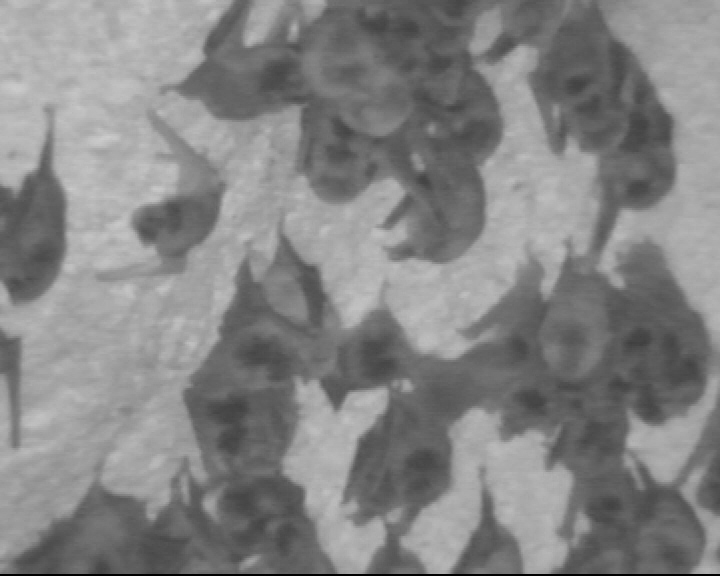
Figure 1. One frame of the video transmission from the Bat Cave
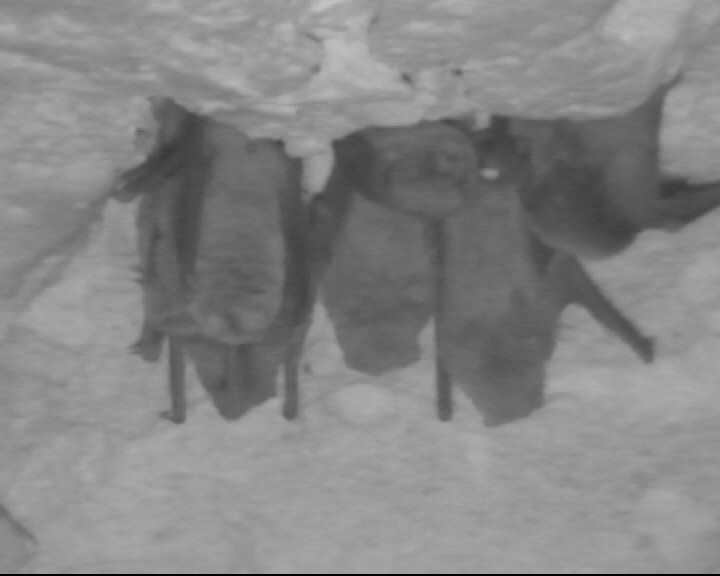
Figure 2. Close-up of a few of the bats

Figure 3. Cave tour in the Bat Observation Centre
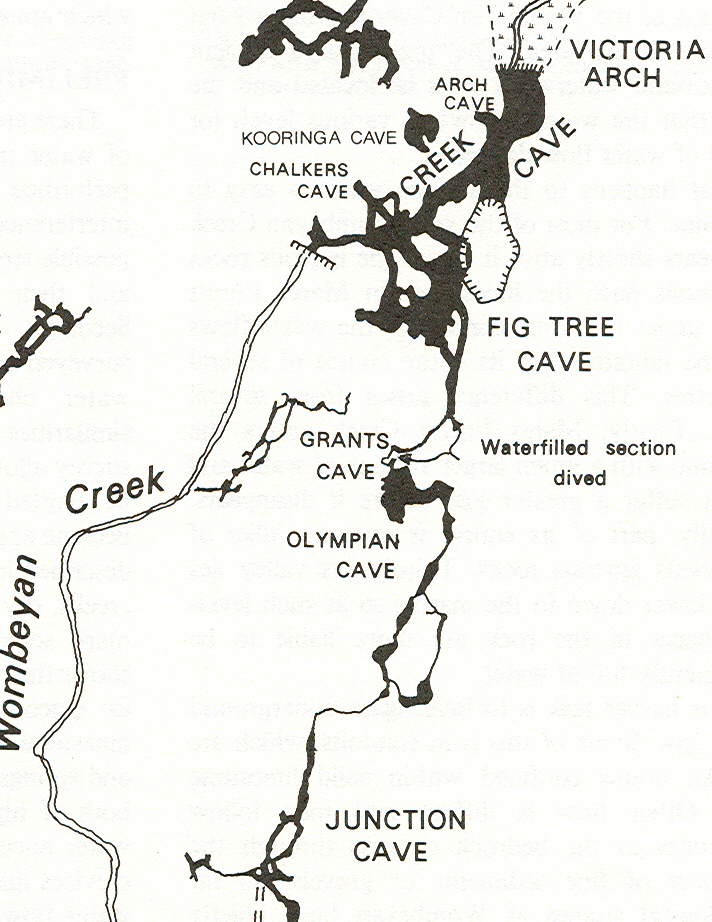
Figure 4. Olympian Cave Locality Plan (portion of Fig.4.1, "Wombeyan Caves", by SSS, 1982)

Figure 5. A highly decorated Archway about 6 m high
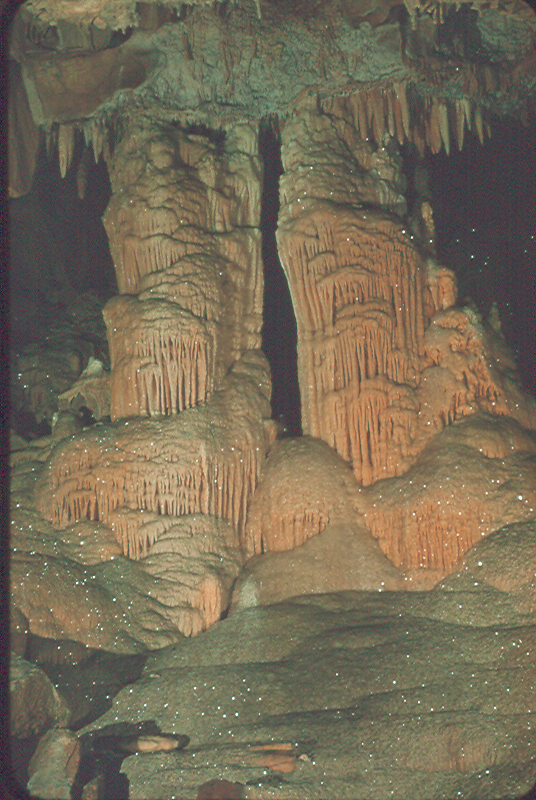
Figure 6. Massive twin pillars on a sloping flowstone floor with a total height of about 20 m
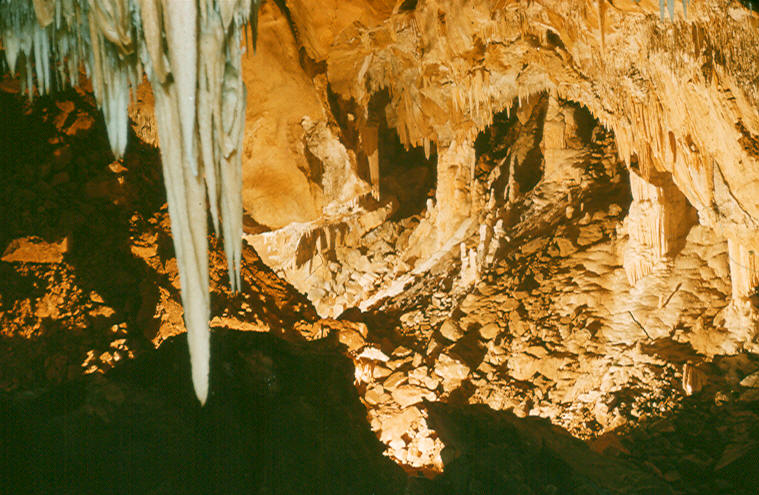
Figure 7. View across the Olympian Cave The furthest visible formations are over 50m from the camera